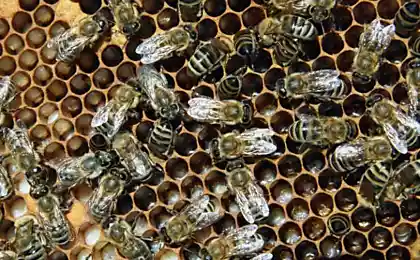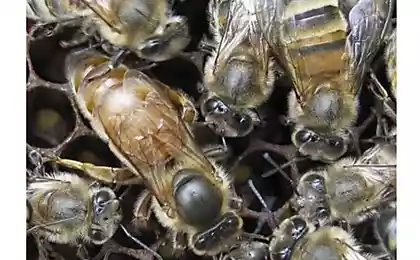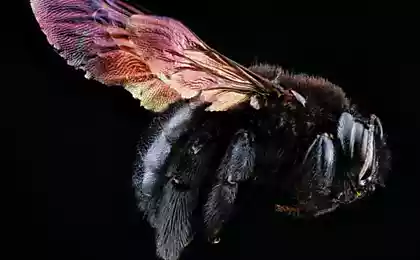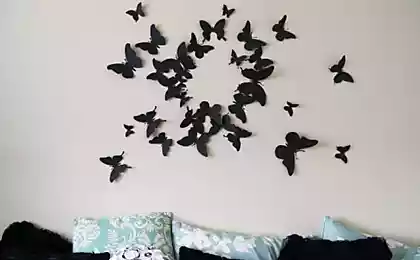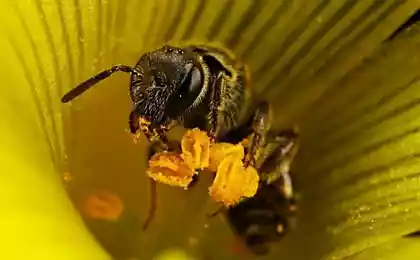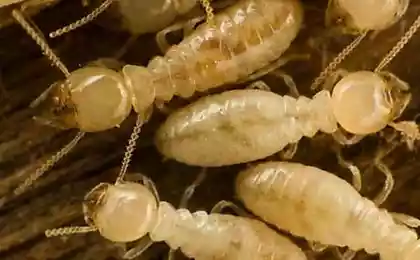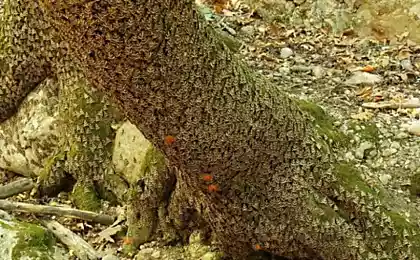912
Norway builds "highway for the bees," and the United States - for butterflies
The initiative group of the residents of Oslo, which is called Bybi, занимается the project of creating a "bee highway" in his city. This is unusual for modern cities initiative involves the creation of a kind of "green corridor" consisting of sunflowers and other plants, which are rich in valuable nectar for bees. With the help of this "highway" members of the initiative group, headed by Agnes wolfberry Melver (Agnes Lyche Melvaer), calculated as the bees to preserve the population living near the capital of Norway, and to draw public attention to this issue.
The approximate location of the "bee highway" looks on a map like this:
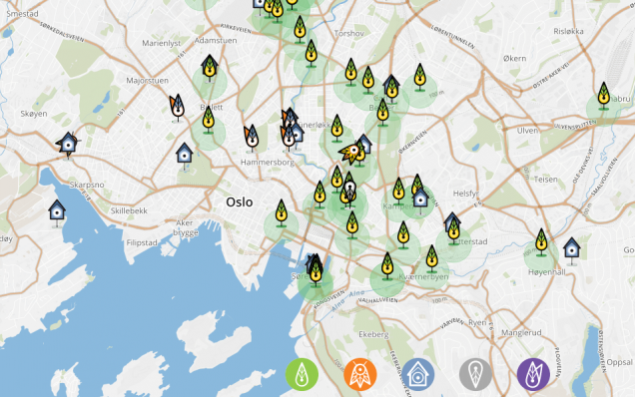
Screenshot pages pollinatorpassasjen.no i> sup>
The project already involved officials, public and private companies, as well as ordinary residents of Oslo. For all who are not indifferent to the project, set up a special website (it is so far only in Norwegian). By itself, the initiative assumes that the owners of private houses and public buildings will be required to arrange their roof a sort of open flower beds, which could be used by the bees, and even a bee hive. Already on the roof of a 12-storey ultra-modern building in Oslo, the owners of the roof equipped with a flower and put a few hives. Although a specific place, it caught about 45,000 bees.
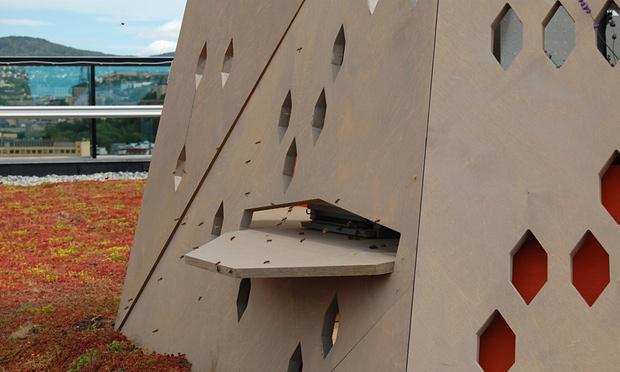
Bee hive on the roof of an office building in Oslo. Photos PIERRE-HENRY DESHAYES / AFP / Getty Images i> sup>
In the United States in May this year began to implement the idea, like a Norwegian. The Commission of the White House (its name almost sounds like the name of a special unit - Pollinator Health Task Force) published a document (pdf) entitled "National Strategy to support the health of honey bees and other pollinators» (NATIONAL STRATEGY TO PROMOTE THE HEALTH OF HONEY BEES AND OTHER POLLINATORS) from which it follows that this year should be initiated the creation of "green corridor" in length of 1,500 miles ( about 2400 km). The corridor will be designed for safe migration from Mexico to Minnesota Monarch butterflies species. Officials hope that this step will increase the population of butterflies and other insects that are involved in the pollination of plants. This emergency measure by the presidential administration, was made public, as biologists sounded the alarm - in the last few years, the population of this species of butterflies in the United States declined by almost 90%.
Source: geektimes.ru/post/252822/
The approximate location of the "bee highway" looks on a map like this:

Screenshot pages pollinatorpassasjen.no i> sup>
The project already involved officials, public and private companies, as well as ordinary residents of Oslo. For all who are not indifferent to the project, set up a special website (it is so far only in Norwegian). By itself, the initiative assumes that the owners of private houses and public buildings will be required to arrange their roof a sort of open flower beds, which could be used by the bees, and even a bee hive. Already on the roof of a 12-storey ultra-modern building in Oslo, the owners of the roof equipped with a flower and put a few hives. Although a specific place, it caught about 45,000 bees.

Bee hive on the roof of an office building in Oslo. Photos PIERRE-HENRY DESHAYES / AFP / Getty Images i> sup>
In the United States in May this year began to implement the idea, like a Norwegian. The Commission of the White House (its name almost sounds like the name of a special unit - Pollinator Health Task Force) published a document (pdf) entitled "National Strategy to support the health of honey bees and other pollinators» (NATIONAL STRATEGY TO PROMOTE THE HEALTH OF HONEY BEES AND OTHER POLLINATORS) from which it follows that this year should be initiated the creation of "green corridor" in length of 1,500 miles ( about 2400 km). The corridor will be designed for safe migration from Mexico to Minnesota Monarch butterflies species. Officials hope that this step will increase the population of butterflies and other insects that are involved in the pollination of plants. This emergency measure by the presidential administration, was made public, as biologists sounded the alarm - in the last few years, the population of this species of butterflies in the United States declined by almost 90%.
Source: geektimes.ru/post/252822/



